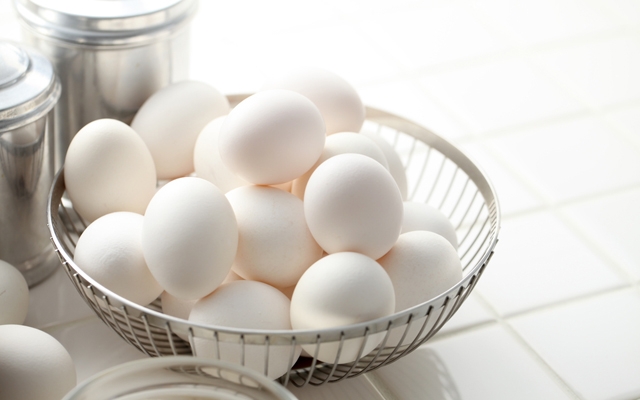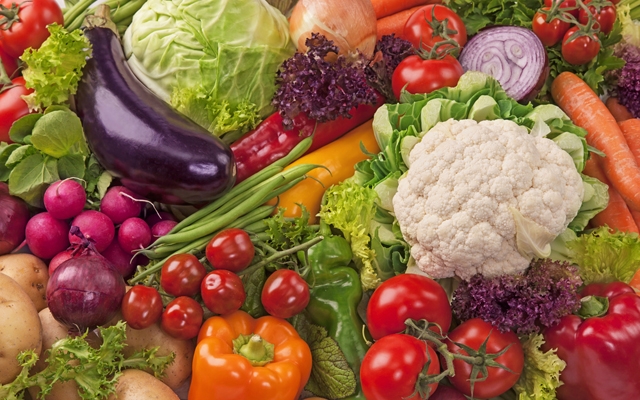Eggs, for real. It’s Saturday morning (well, maybe it’s noon) and you’re stumbling into the kitchen to make, what else, eggs. You have your concoction: some one-skillet hash you douse with hot sauce, or maybe your specialty is a fried egg sandwich–and who cares how it looks “it’s all heading to the same place”. That’s the beauty of your go-to eggs. They’re easy, they’re made to your liking and they hit the spot every time. But one day, you might be called on to make eggs for someone else in the morning (ahem) or you might just want to widen your repetoir. Either way, one needs to learn how to cook eggs properly eventually, and properly basically means not over or undercooked. Those properly cooked eggs are just as easy as your go-to. For the basics, you only have to keep a few things in mind.
1. Fresh eggs count. They taste better and they behave better too so for (totally impressive) poached eggs, fresher eggs yield a nicer result. Look for a far-away expiration date on your carton but you also can test them by putting raw eggs (still in their shell) into a bowl of water. The fresh ones will sit flat on the bottom while less-than-fresh eggs will try to stand and eggs you want to toss may even float. I know. Science experiments in your kitchen.
2. Control your heat and you control the outcome. Slow and low is the way to go for creamy scrambled eggs, moderate heat means the whites of your fried eggs won’t seize up and get rubbery and a very gentle simmer–not a boil–is how you get poached eggs to stay cohesive instead of becoming a loose, scraggly mess. You can always turn your heat up if you need to but eggs can go from raw to overcooked in a minute if you add them to a too-hot pan.
3. Mind the time. The difference between a soft-boiled egg and a hard-boiled egg is exactly 3 minutes and each minute in between creates a different egg. It’s 6 minutes in boiling water for soft-boiled eggs with a yolk you can dip your toast into and 9 for a perfectly done hard-boiled egg that won’t result in that undesirable grey ring around your yellow. To stop them from cooking once you remove them from the boiling water, run them under cold water for at least 30 seconds or better yet, add them to a bowl of ice water that you have waiting for them. If you’re following a recipe, pay attention to how much time you’re supposed to cook that omelette and for the visual cues they give you so you know when your eggs are done. Your phone has a timer–use it, and don’t leave your kitchen. It’s just 6 minutes, you can tweet stove-side.
A few other tips:
-A non-stick pan is the way to go with omelettes, any fried egg and even scrambled eggs unless you have a crazy-well-seasoned cast iron pan or something.
-Practice. You probably don’t want to taste your raw scrambled egg mixture for seasoning for safety reasons so you won’t know if you added enough salt until you’re done. Once you’ve made them enough times, you’ll know just how much seasoning you want to add to your eggs just by eyeballing things.
-Use room-temperature eggs. Try to remember to take them out of the fridge 10 minutes before you want to start cooking so the shells don’t crack at the shock of hot water and so they cook more evenly.
Here’s a recipe or two from my stash for basic weekend eggs, plus a video that will help you make poached eggs like a pro.
Creamiest Scrambled Eggs: Go To Meal Scrambled Eggs
Fried Egg Breakfast Sandwich: The Best Breakfast Sandwhich Ever
A Different Kind of Egg Sandwich: Yellow on Yellow My Egg And Mustard Sandwich
Plus, How To Make Poached Eggs:












